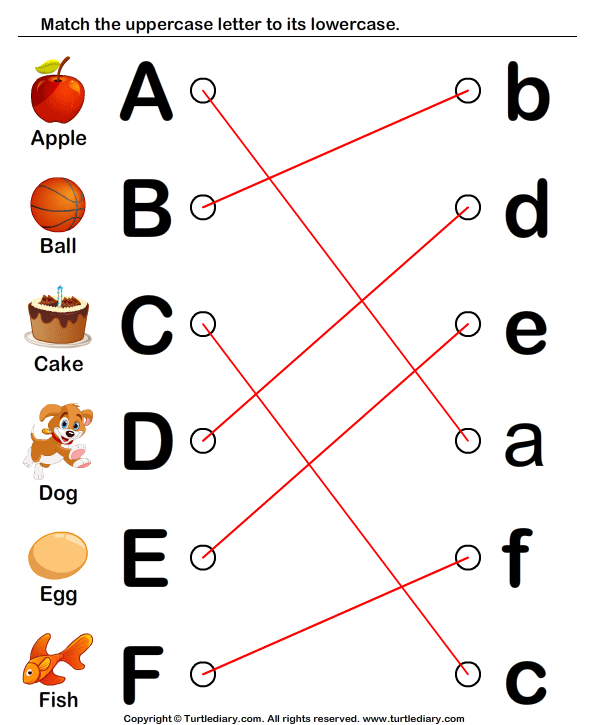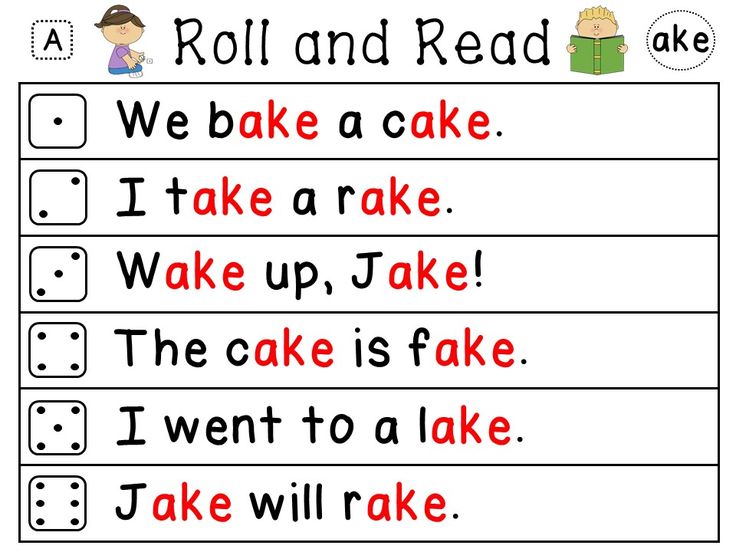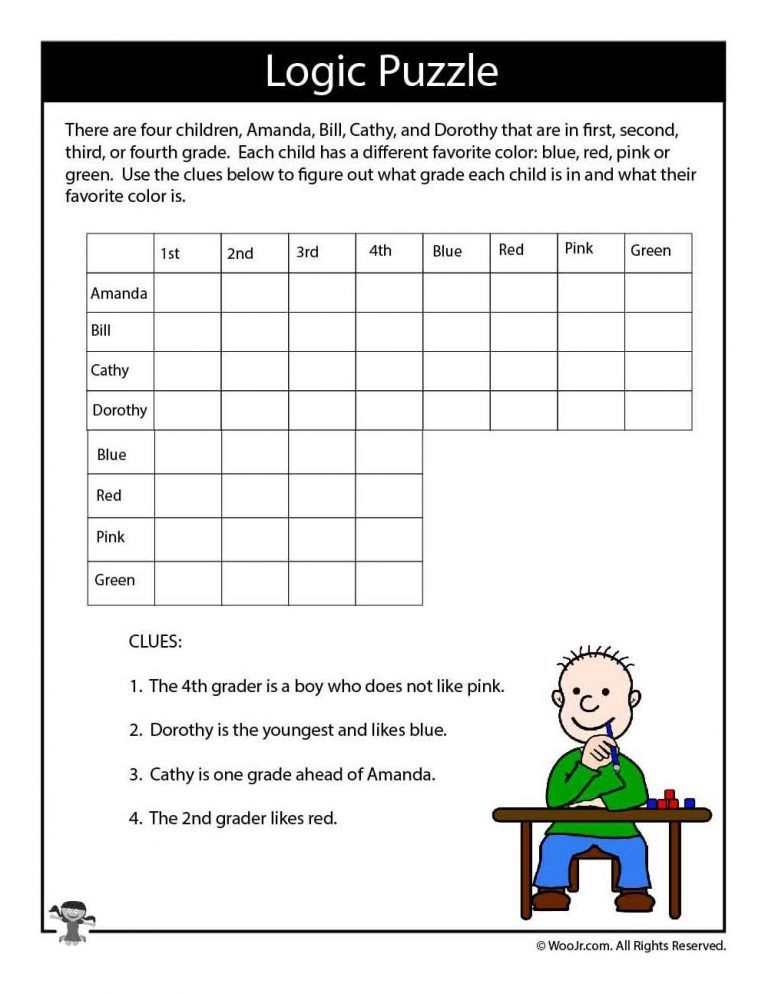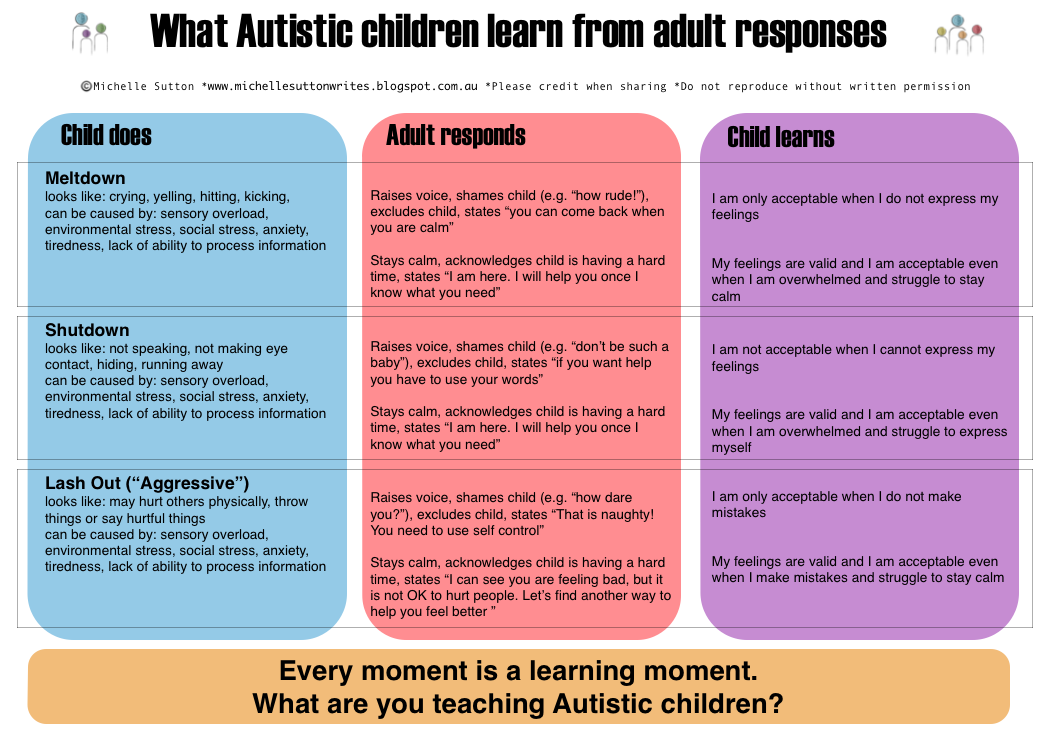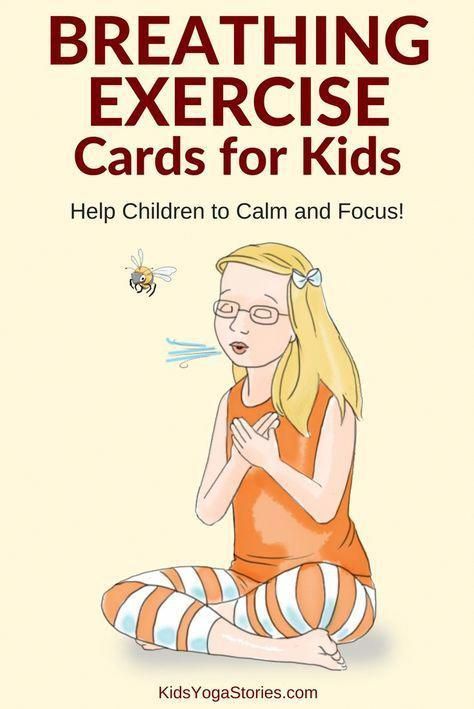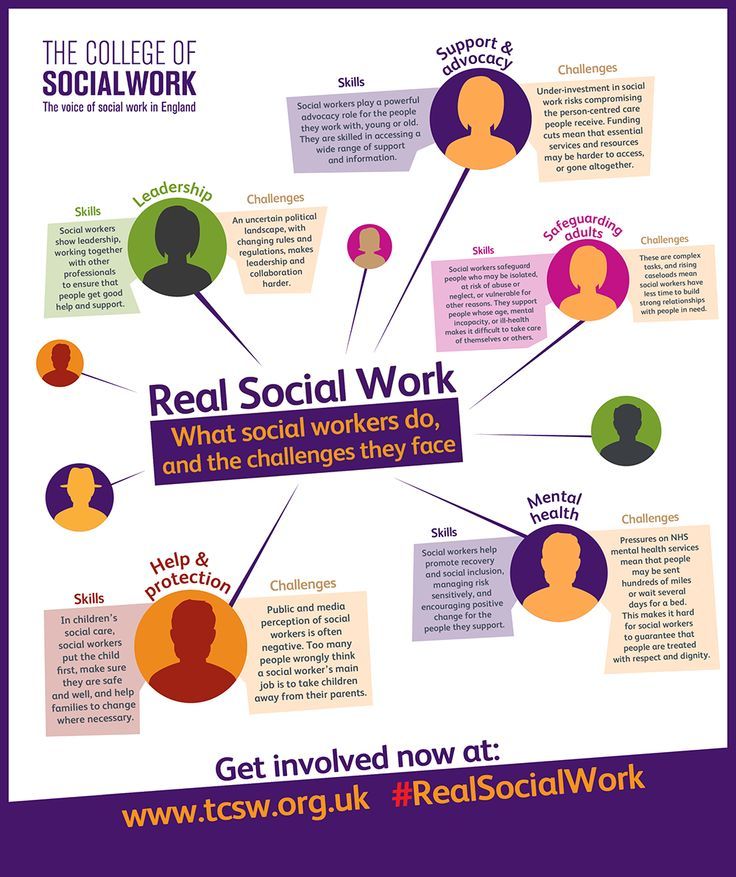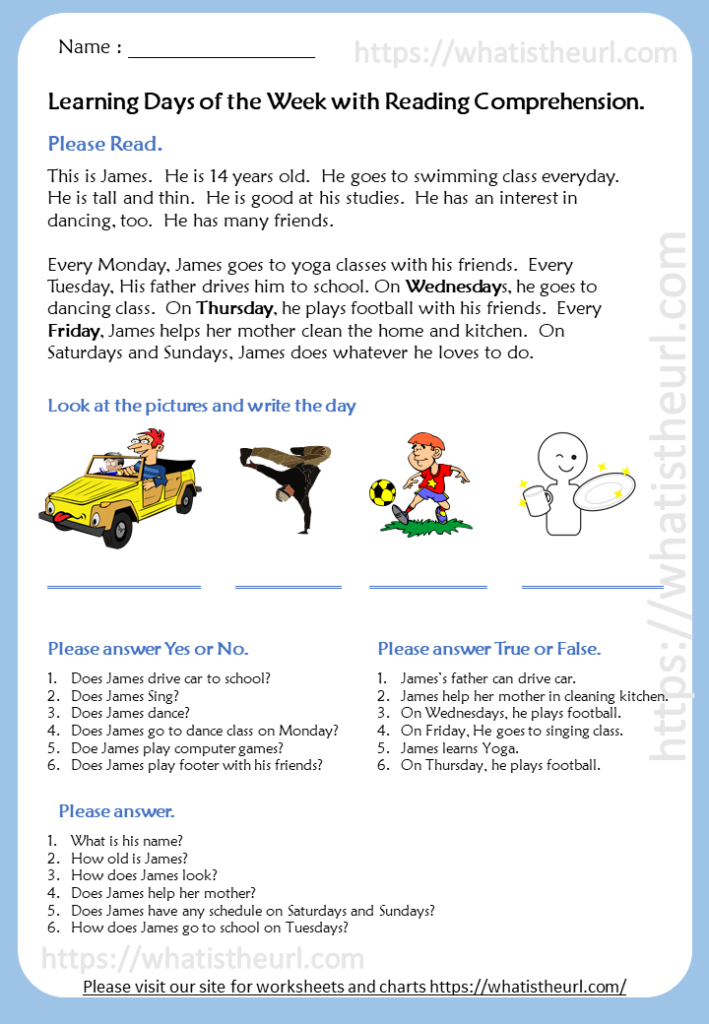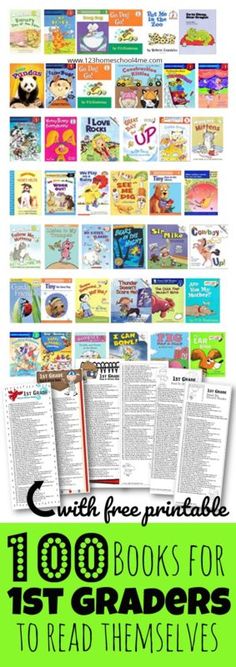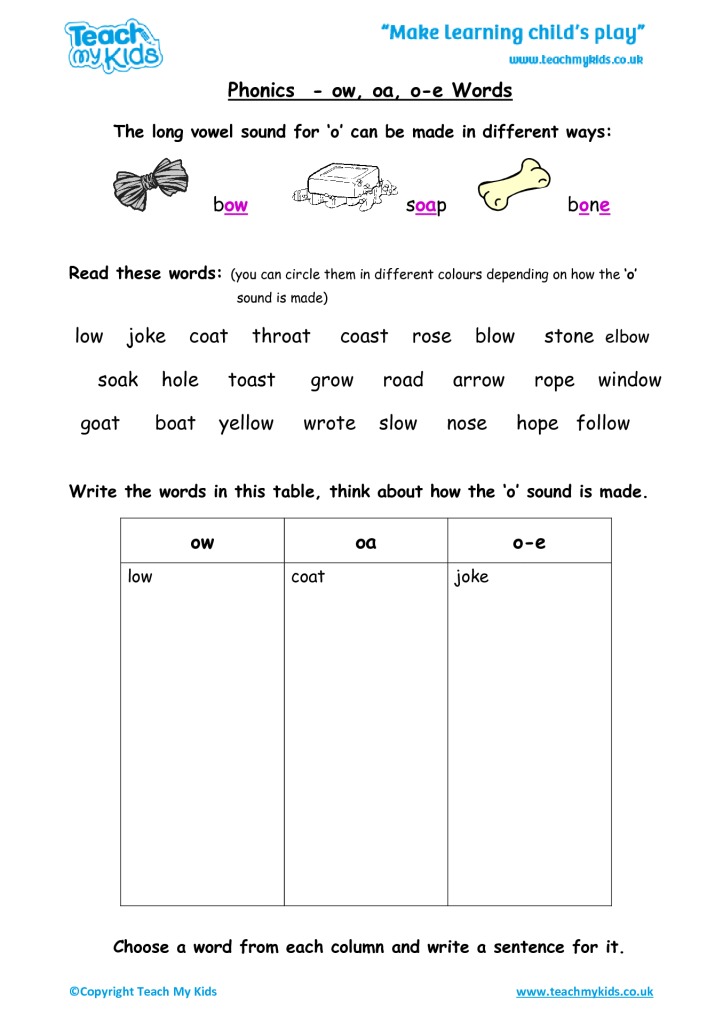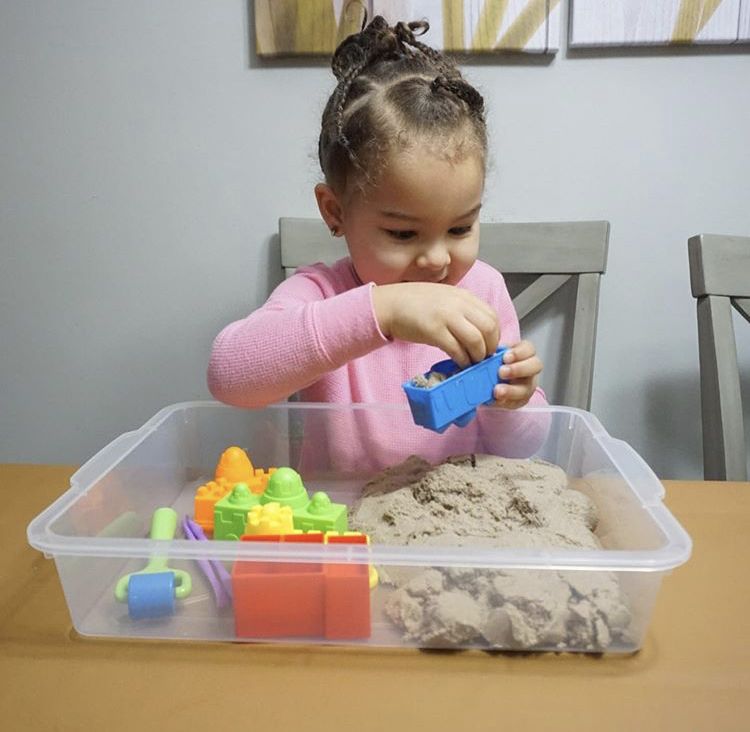How to teach alphabet recognition
14 Letter Recognition Activities for Preschoolers
- Share
Helping preschoolers to gain letter recognition skills does not need to feel like “work.”
The best way to teach letter recognition is through play, in a fun, stress-free, and positive manner.
Here’s a brief intro to letter recognition, followed by 14 letter identifying activities.
What Letter Recognition Means
Learning letter recognition skills involves several different hands-on components.
Children need to distinguish the shapes of letters from each other (visually recognize them) and be able to point to and state the letter names, as well as the sounds made by each letter.
In addition, they must learn to form letters and write them.
These skills do not all need to be accomplished during the preschool years and in fact, preschoolers are not yet developmentally ready to learn to read and write.
By simply exposing children in a fun way, you will begin the process of laying down foundational pre-reading and writing skills.
When Should a Child Recognize Letters of the Alphabet?
Although you can read about average ages when kids gain alphabet skills, those often vary widely.
Just as children learn to walk and talk at different ages, the same is true for recognizing letters of the alphabet.
They each learn at their own pace, depending on many factors.
How to Build Skills to Prepare Children for Letter Recognition
Through fun play activities, parents can help their children gain various developmental skills that prepare preschoolers for letter identification.
Those types of skills include visual perception, memory and auditory perception.
What this means is that learning the letters does not in fact start with exposure to the actual letters, but rather to play activities that develop these skills.
Visual Perception
Visual perception refers to a child’s brain making sense of what their eyes are seeing, such as details and shapes (shape recognition).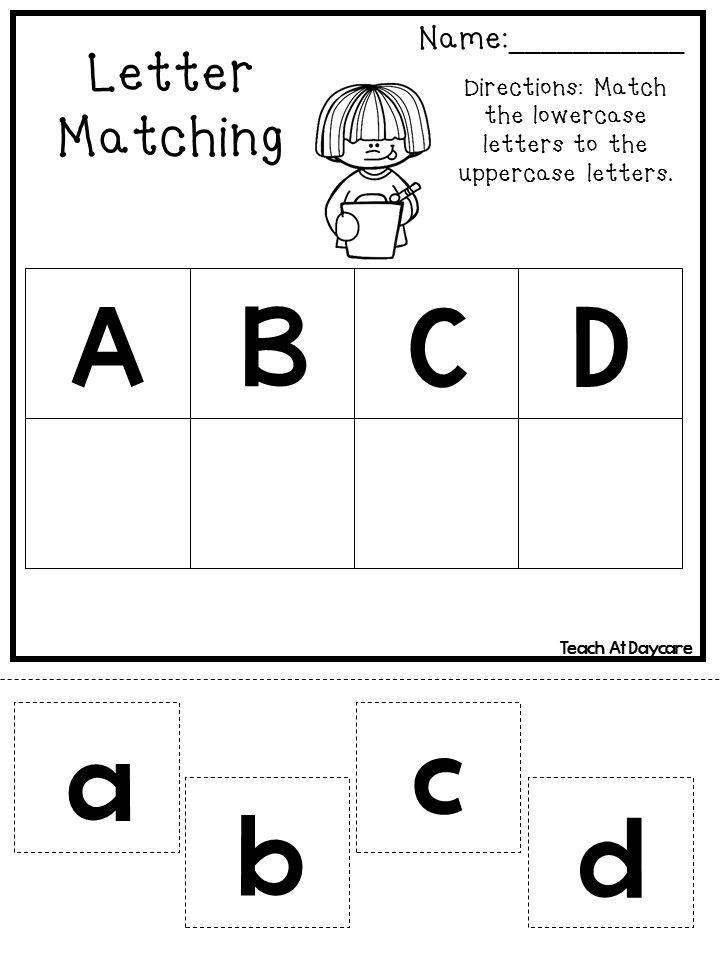
These skills also include visual-motor and eye-hand coordination.
Helpful kinds of activities include:
- Those that exercise the large muscles (such as throwing/catching).
- Small motor activities (like lacing).
- Visual perception (such as building puzzles).
- Limiting screen time, which has limitations related to visual perception skills.
Memory
Memory development relates to storing and using information in the brain.
Stress-free activities to enhance these skills include:
- Simple card games
- Memory card games (get your own by downloading the FREE set of printables at the end of the post)
- Talking about fun memories
- Story visualization
- Reading and talking about books
- Visual memory games, like picture bingo
- Auditory memory games
Auditory Perception
Auditory perception includes the brain’s ability to distinguish sounds and words, which is important for learning the sounds of letters.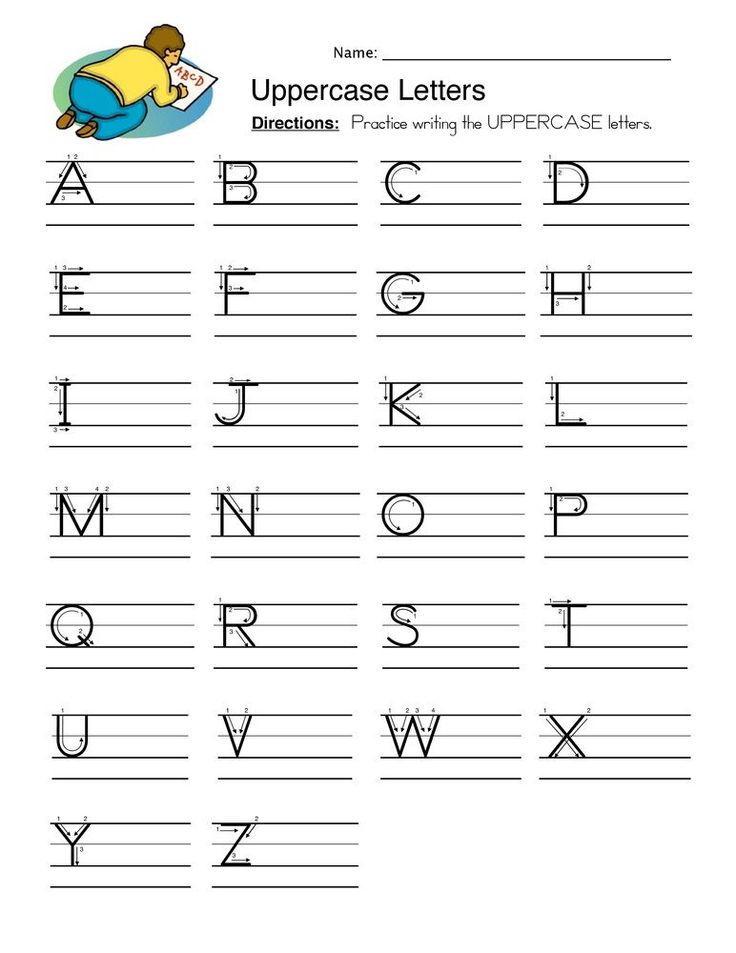
These are the kind of activities that can support this skill:
- Listening to music
- Distinguishing animal sounds
- Clapping out copied rhythm patterns
[source]
How to Teach Letter Recognition to Children
Even before children show an interest in print, these kinds of activities are meaningful and fun and will set the stage for letter recognition:
- Reading to them
- Sharing poems and nursery rhymes
- Talking to them
- Telling stories
- Singing songs to or with them
Keep it fresh, keep it new, and be willing to return to their favourite activities when asked.
As your children show a growing interest in print, make it available to them whenever possible.
Instead of keeping that book to yourself as you read to them, show children the words, running your fingers over them as you read. Let kids turn the pages of books.
Have books available in the home to which kids have constant access.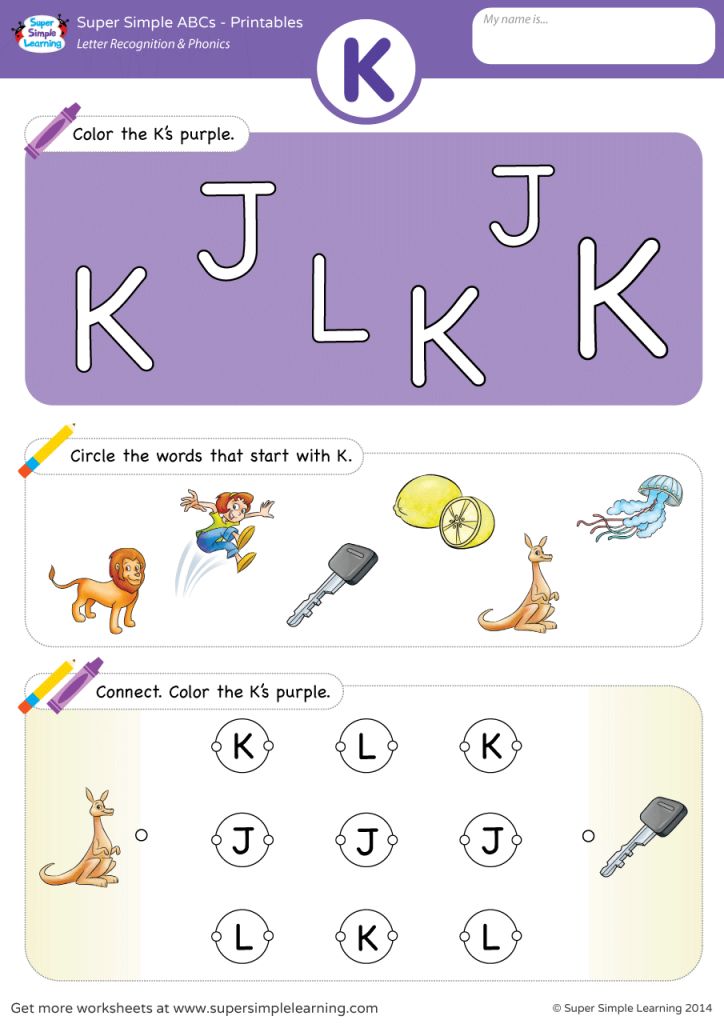
So many things around the house contain words, like packages, lists, letters, emails, screens, magazines, and greeting cards.
Point and touch as you read, showing children that you are using words daily, expressing how much can be learned through their use.
Write in front of your kids for all different purposes, at least sometimes spelling aloud.
Make drawing and writing tools and surfaces available to children at all times, indoors and out.
Don’t just offer the traditional papers and crayons – include:
- Drawing with sticks in the sand
- Writing on clay or playdough
- Drawing on shower and bath walls with soap
Should I Teach the Letters in a Specific Order?
Instead of teaching letters in any special, prescribed order, focus on those that are used most often and in order of importance for your children.
They typically want to know about the letters:
- In their names.
- In “MOM” and “DAD”.
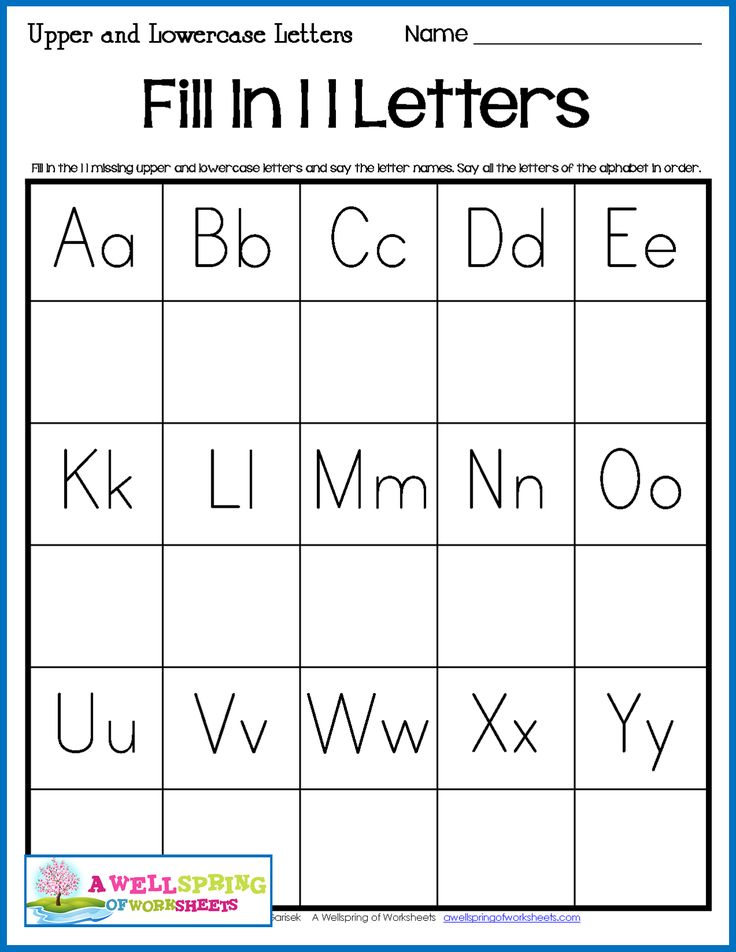
- In a pet’s name.
- In environmental print (like on STOP or WALK signs).
- In outstanding words from a favourite storybook.
Think about and pay attention to those letters and words that appear to be interesting to your kids, using them as the foundation to build upon.
Then, when children are ready to formally learn the letters, teach them using sets of letters that make the most combinations of words, as explained in this article on teaching letters.
Is it Better to Teach Upper or Lowercase Letters First?
For preschoolers, the field of occupational therapy makes a good case for beginning with capitals in handwriting letter formation.
They are formed from larger lines and curves that avoid retracing and changing directions, while still teaching top to bottom strokes.
If children try to form letters for which their visual-motor skills are not prepared, they sometimes build poor habits that can be difficult to break later on.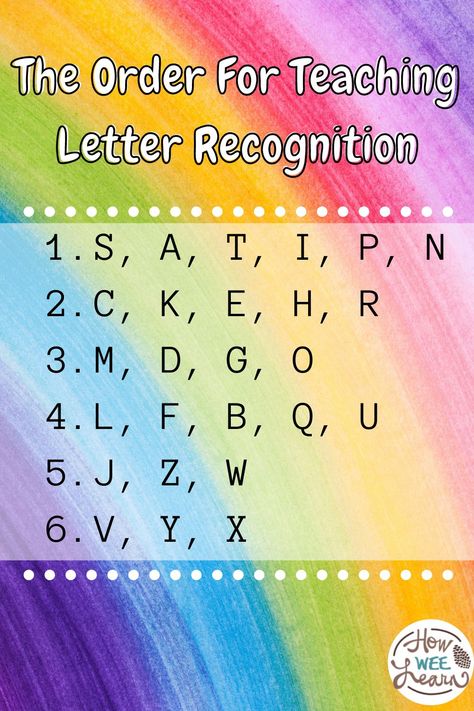
Of course, your children may be familiar with lowercase letters, seeing them in many print formats, and gradually learning to identify them.
When their motor skills are ready, they typically make an easy switch to including them along with uppercase when they write.
[source]
Letter Recognition Activities and Games for Preschoolers
Here are some fun ways to teach letter recognition through play.
1. Point Out Environmental Print
Print is all around us.
Point out, talk about and stress the sounds of words on signs (such as favourite restaurants and traffic/street signs), cereal or other product boxes/labels, and familiar logos.
2. Share Rhyming Books
Read favourite rhyming books to your children, accentuating the rhyme and rhythm.
Afterwards, play an oral game of stating some rhyming words from the story and adding a new rhyming word of your own.
Challenge your kids to come up with more words that rhyme.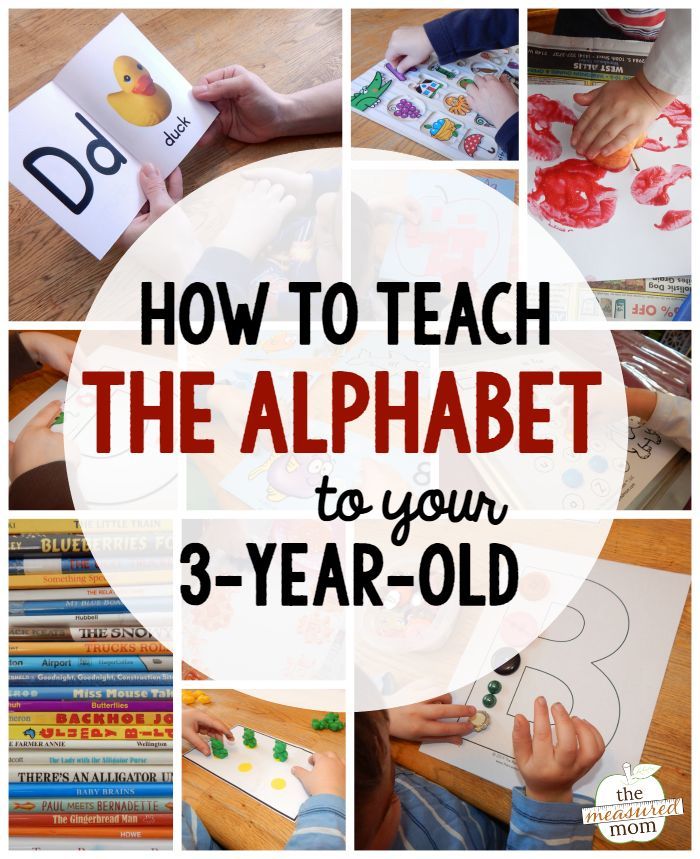 Either real or pretend “words” are okay, as it is the rhyming factor that counts.
Either real or pretend “words” are okay, as it is the rhyming factor that counts.
3. Letter Hunt
Point out and talk about the letters in your child’s name, making them clearly visible in print.
Show them how you find one of those same letters in a magazine or newspaper and cut it out as a rather square piece (not necessarily trying to cut out close to the letter’s edges).
Challenge them to find other letters from their name in print and cut those out, as well.
After all the letters have been found, they can arrange them in the correct order for their name.
These may be kept in a small bag for future use or glued onto a coloured sheet of paper to post on the fridge or in your child’s room.
Instead of cutting, another option is to use different colours of highlighters to mark various letters found in print.
4. Play with Plastic/Wooden Letters
Letters may be sorted and put into piles in different ways:
- Those with curves
- Letters with straight lines
- Those from a child’s name or other important words
- Letters they can name
- Those for which they can say the sounds
Letters with magnets may be used on the fridge or on a magnet board for sorting purposes.
5. Bake Letters
Use bread or pretzel dough to form letters with your children, then bake them to be eaten later.
While you work, talk about the letter names, sounds, and easy words (like their names) that may be formed.
Special baking tins and cookie cutters may be purchased to bake letters. You can also bake oblong cakes and cut them into large letter shapes, as well.
6. Form Letters with Familiar Materials
Offer kids various types and colours of pasta to form letters on flat backgrounds, either to glue into place or to leave loose and rearrange into different letters.
Other materials to explore might include:
- Dry breakfast cereals
- Buttons or pennies
- Cotton balls
- Dried beans
- Mini-marshmallows
- Toothpicks
- Rice
- Yarn
7. Form Letters with Unusual Materials
Using a tabletop or oblong baking pan with low sides, spread shaving cream or pudding for children to trace letters into with their fingers.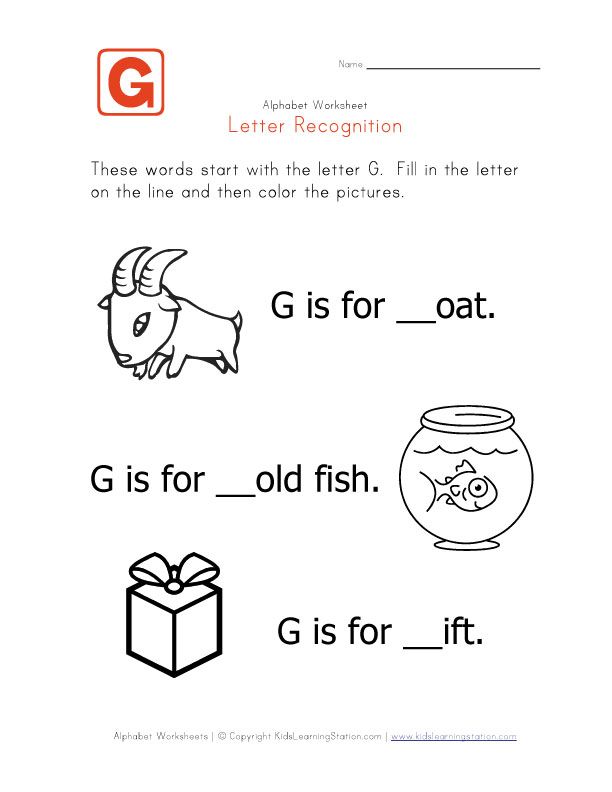
The same may be done with sand (or moved outside), to trace in with fingers or safe “sticks,” like pencils, dowels, or rulers.
8. Go on a Scavenger Hunt
Have children choose a letter card or cutout. Talk about how the letter looks and sounds.
Depending on children’s level of development, challenge them to find things around the house that have that letter printed on them or objects that begin with that letter’s sound.
9. Fish for Letters
Magnetic letter fishing games may be purchased or made with paper, magnets, paper clips, dowels, and string.
Name or pick a letter, focusing on how it looks and/or sounds. Kids then “fish” for the matching letters from the “pond.”
They can also just fish for a random letter and then name it once it is “caught.”
You can also use a version of this game later on, when children are learning to match upper and lowercase letters.
10. Play Musical Chairs with Letters
Add paper plates with letters or letters cut from cardboard right onto the chairs or onto the floor beneath.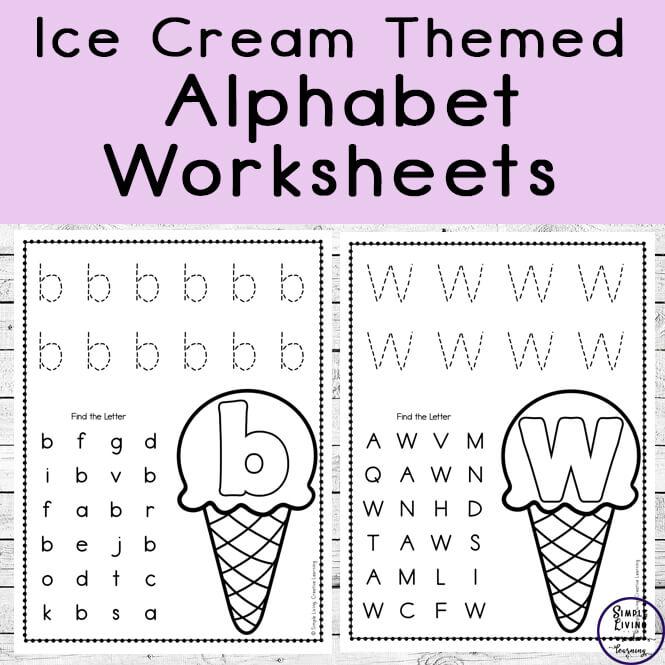
Children walk around the circle and find a place to sit when the music stops. They each then name the letter on their chair or floor directly beneath.
11. Find Letters on a Keyboard
Make use of an old computer keyboard or typewriter. Get kids to name the letters as they touch the keys.
They can also find them to press as you say the names, sounds, or hold up cards, one letter at a time.
12. Spray or Write Letters Outdoors
Offer spray bottles with water for children to spray letters on driveways, sidewalks, or even the side of your house.
Another option is to use sidewalk chalk to write letters on the driveway, patio, or basketball court.
13. Form Letters with Bendable Materials
Get your children to bend pipe cleaners, chenille stems, or products like Wikki Stix (string covered in wax) to form letters.
Children often like to make multiple letters and form words, as well.
14. Find the Hidden Letters
“Bury” plastic or wooden letters in a sand table or sand box.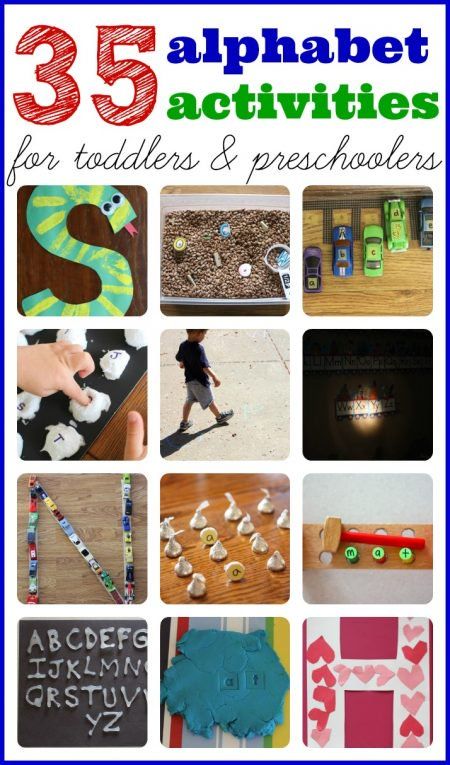 Ask children to name the letters as they are discovered.
Ask children to name the letters as they are discovered.
Other materials may be used as alternates in sand tables or large trays, such as coloured rice, pasta, dried beans, or birdseed.
All of these ideas for teaching letter recognition can help to strengthen a child’s early literacy skills.
Pay attention to where they stand in their development and keep raising the bar just a bit higher, while still returning to those games and activities in which they feel a high measure of success.
This is the key to learning.
Get FREE access to Printable Puzzles, Stories, Activity Packs and more!
Join Empowered Parents + and you’ll receive a downloadable set of printable puzzles, games and short stories, as well as the Learning Through Play Activity Pack which includes an entire year of activities for 3 to 6-year-olds.
Access is free forever.
Signing up for a free Grow account is fast and easy and will allow you to bookmark articles to read later, on this website as well as many websites worldwide that use Grow.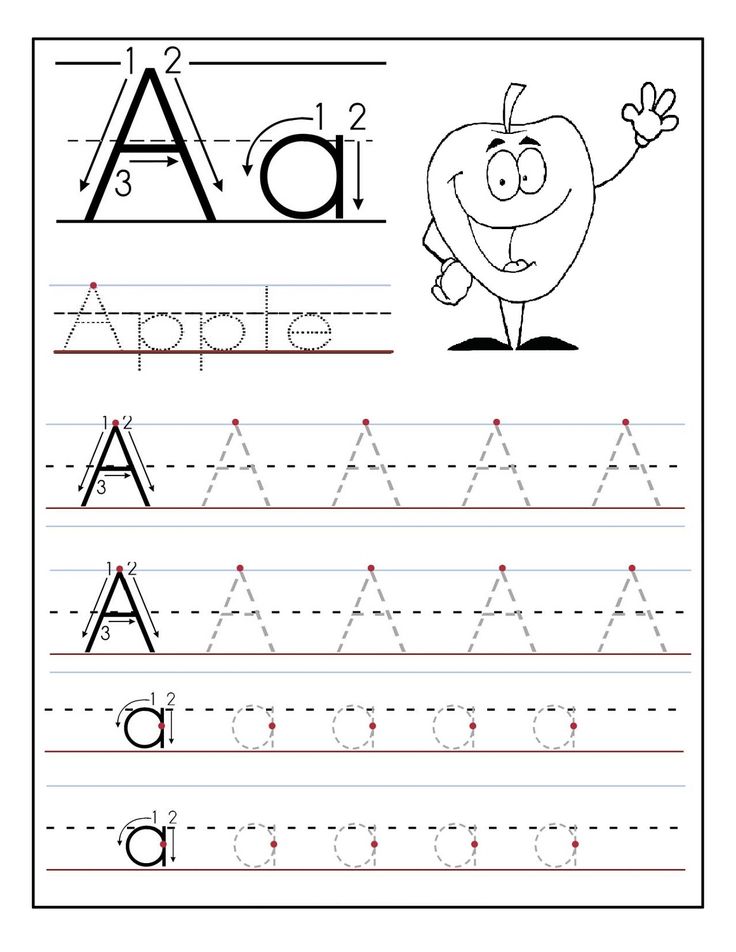
- Share
How to Teach Kids the Letters of the Alphabet
73 shares
- Share
- Tweet
Are you teaching letter recognition skills to your children? When it comes to pre-reading skills, Letter Recognition is an important part!
Learn how to teach and help your children learn their ABC’s with these tips and strategies!
If your kids are eager to learn the letters of the alphabet, provide them with a literacy-rich environment which includes letters and words around your classroom or home.
You can also add letters to your children’s play and introduce them to many different letter recognition activities.
What You'll Find On This Page
What is Letter Recognition?
One of the 5 Pre-Reading Skills Kids Need To Be Successful Readers is Letter Knowledge.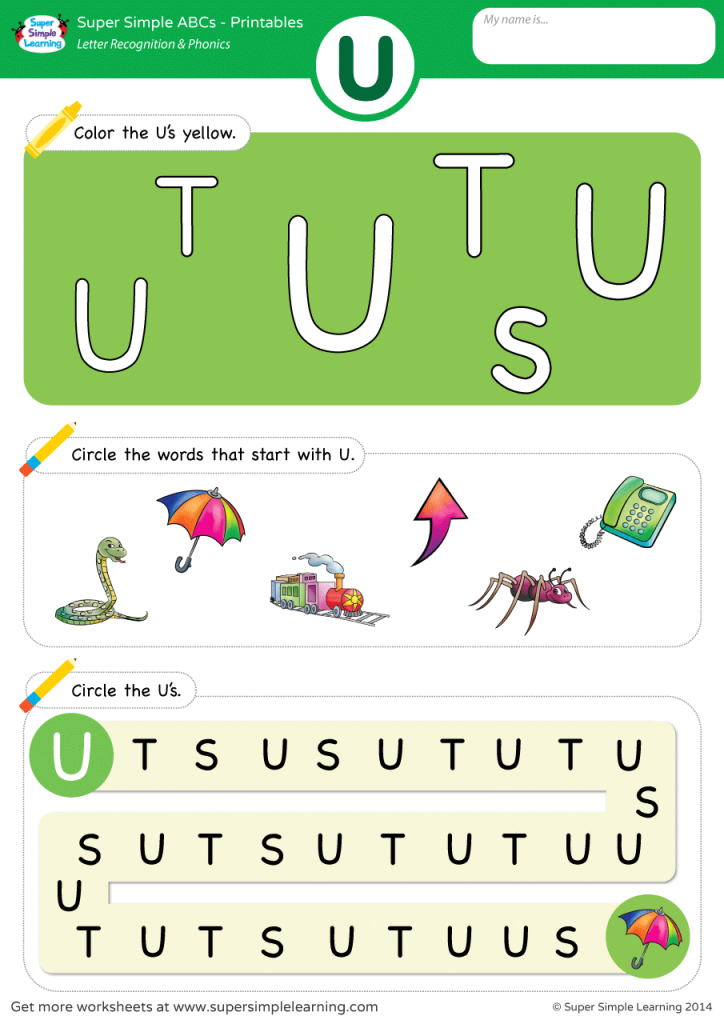 Letter Knowledge begins with Letter Recognition which is also known as Alphabet Recognition.
Letter Knowledge begins with Letter Recognition which is also known as Alphabet Recognition.
Letter Recognition is the ability to recognize and name all of the lowercase and capital letters. Children who know the letters can also distinguish between them.
Why Is Letter Recognition Important?
Being able to say the names of the letters quickly in sequential order will help children learn the sounds more easily.
Sometimes, a letter name will give children clues as to the sound that it makes too.
Kids who can easily name the letters of the alphabet are also more motivated to learn about words and how to spell. They have an easier time learning to read too.
Is My Child Ready To Learn The ABC’s?
Just like learning to walk or potty training, children need to be developmentally ready to learn the letters of the alphabet.
Before they can begin, they need to visually discriminate or recognize the similarities and differences between the different letter shapes.
Children need to able to differentiate between straight and curved lines or tall and short letters.
They also need to understand the difference between letters, numbers, and other symbols.
What Order Should The Letters Be Taught?
When teaching your children the letters, you don’t have to introduce them in alphabetical order.
You should start with high-frequency ones like the letters in their names.
The letters in their names will have more meaning to them and give them more chances to practice recognizing those letters in different ways.
When first introducing the letters in their names and the rest of the alphabet, only give your children two unknown letters to work on at a time.
After they have mastered those letters, give them one or two more letters to learn until they know all 26!
Should My Child Learn Capital Letters or Lowercase Letters First?
Young children need to be exposed to both capital and lowercase and will need to learn all of them before becoming a successful reader.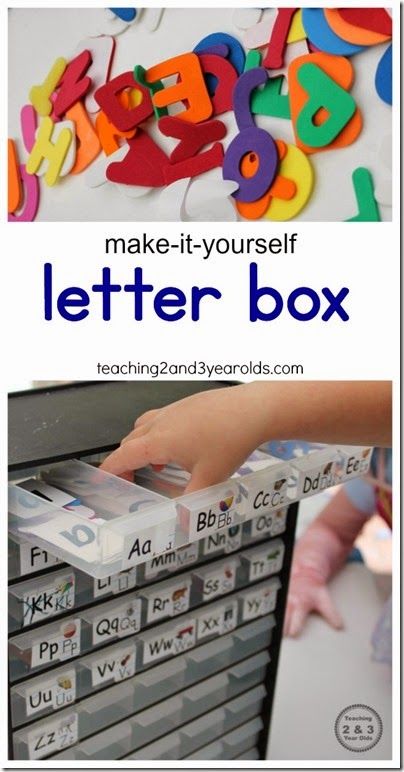
Even though lowercase letters are more common in reading, it’s easier for children to learn capital letters first.
They don’t confuse them like they do lowercase letters, because capital letters are easier to visually distinguish.
If you look at all of the capital letters, the only ones that are commonly mistaken for one another are capital M and W.
When teaching children two letters that can be mistaken for one another such as capital M and W, teach one at a time.
After your children know both letters, give them activities to reinforce the differences between the two such as sorting the two letters.
Letter recognition is an important part of pre-reading! Your children are on their way to learning how to read!
Your May Also Like:
Are you looking for Alphabet Activities to help you teach and your children learn the letters of the alphabet? From Letter Dot Painting to Letter Mazes, there are so many printable activities that will give your children a fun, hand-on way to learn the letters.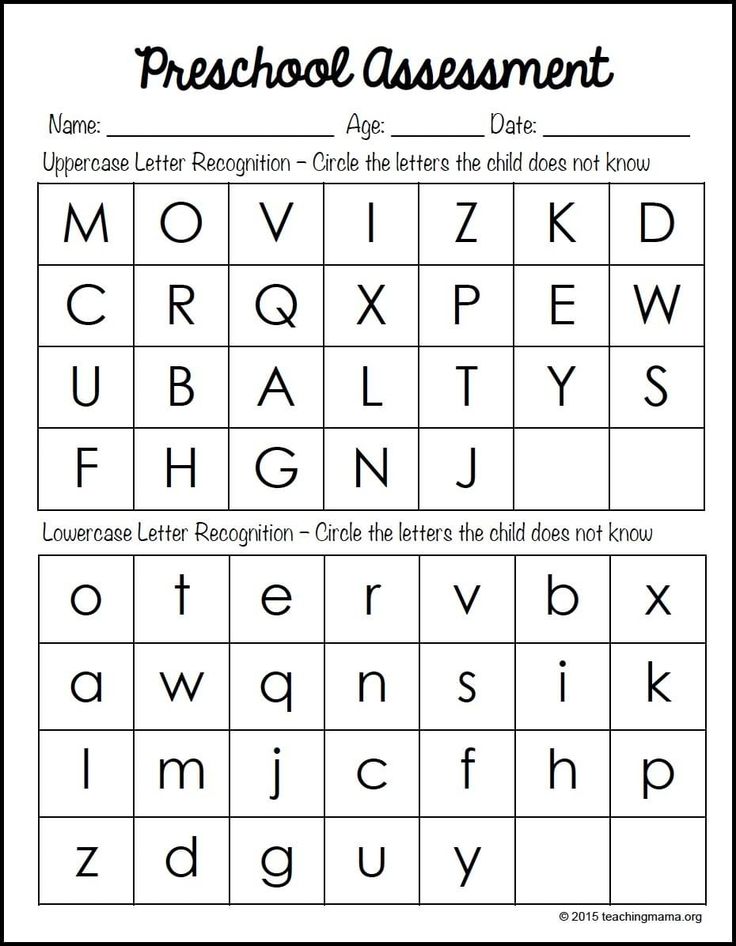
These interactive resources will help your kids to work on letter identification, formation, and much more. Click on the picture to learn more about the activities included in this bundle!
Letter Recognition Resources:
Your preschoolers and kindergarteners can use these letter recognition resources to help them practice the skills that they are learning.
- Letter Recognition Activities
- Letter Recognition Games
- Alphabet Sequence Worksheets from Homeschool Preschool
- Letter Recognition Cards
- Letter of the Week Crafts from Crystal and Comp
5 Ways to Learn the Alphabet Quickly and Easily with a 3-6 Year Old Child – Somersault
Before learning the alphabet with a child, it is important to understand what you are not going to do. Namely, learning to read. This is a more complex skill, so it is worth putting it off until the time when the child gets acquainted with all the letters and will confidently recognize them and write on their own.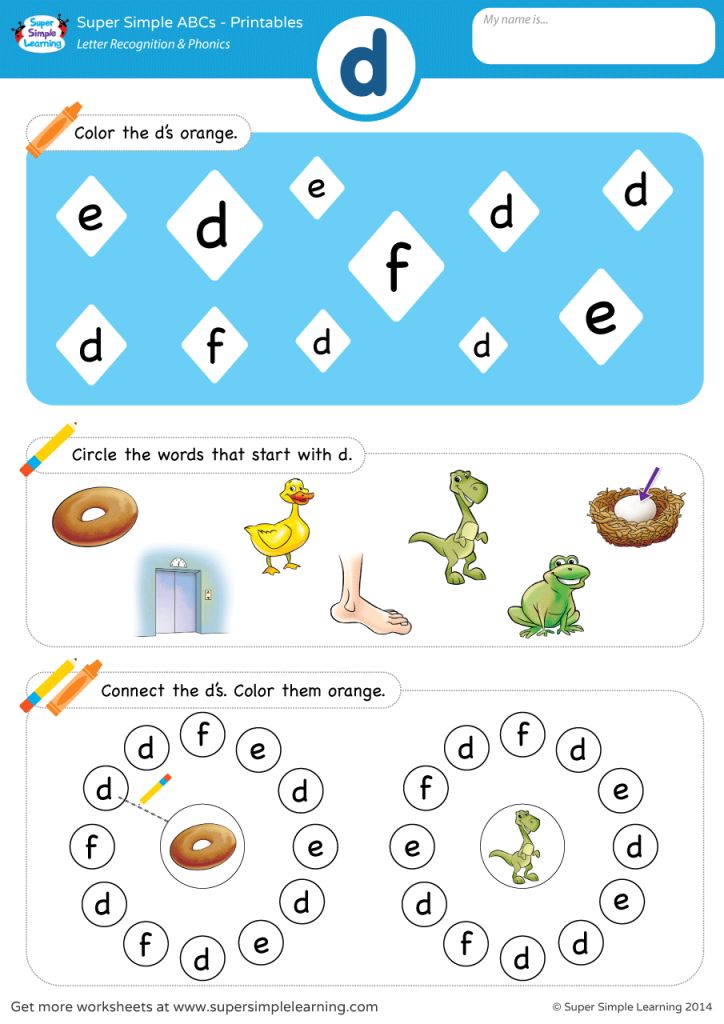 Until then, put off the alphabet and reading by syllables.
Until then, put off the alphabet and reading by syllables.
In this article, we have put together the basic principles to quickly learn the Russian alphabet with a 3-6 year old child in a playful way. For all games with letters, you can use plasticine, paints and any improvised means or magnetic letters - they will easily attract the attention of the child.
Contents:
- Learn the Alphabet Easily: Basic Principles
- 5 ways to learn the alphabet with your child
- From alphabet to reading
How to Learn the Alphabet Easily: Basic Principles
Each child can find an easy way to learn the alphabet that suits him or her, but there are basic principles that are important for all children. If you do not follow them, study will turn into drill and the child is unlikely to ever love to read. Here are a few such principles on how to properly learn the alphabet for a child.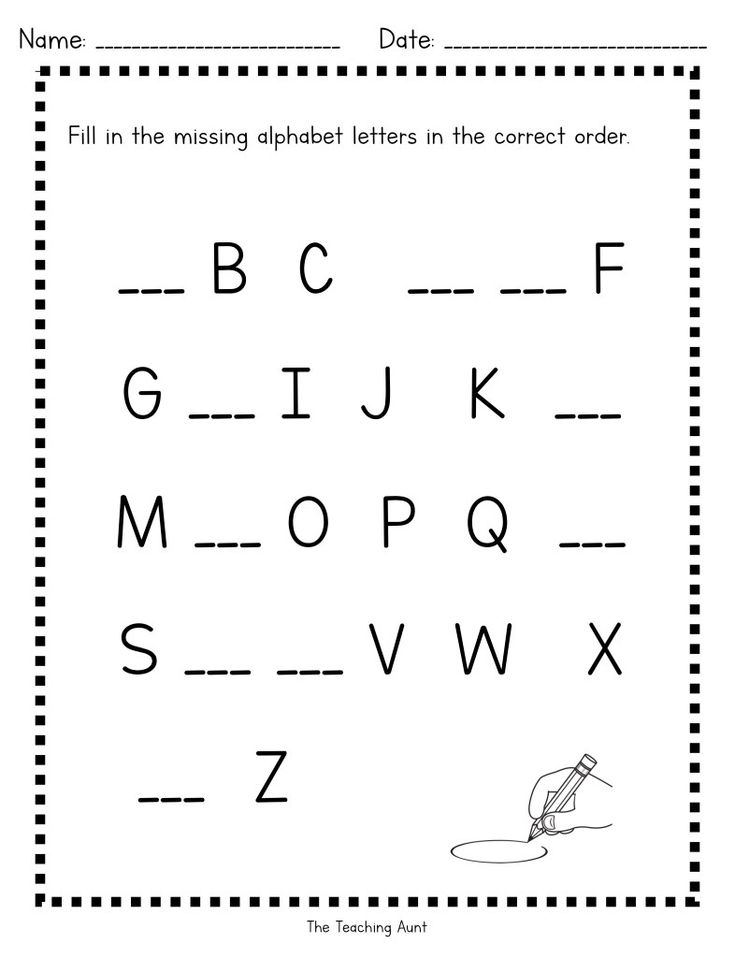
- Learn sounds first, not letters . At the first stage of learning, it does not matter how the letters in the alphabet are called correctly. Now only sounds are important for the child - "d", and not the letter "De". The names of the letters will only confuse the child, who first needs to learn to recognize the shape of the letters and their sound.
- Not learning the alphabet in the correct sequence . Until a child goes to school, it is of no use to him to know how the letters are arranged in the alphabet. This information will only distract him from what is really important: how the letters look and sound. The sequence of the alphabet can be learned later or even at school, where this knowledge will be tested by the teacher.
- Do not turn learning into a lesson . Learning from call to call is difficult even for children at school, let alone a baby. Therefore, all learning should take place in a playful way and not for long: 5-7 minutes a day to get acquainted with the letters will be enough.
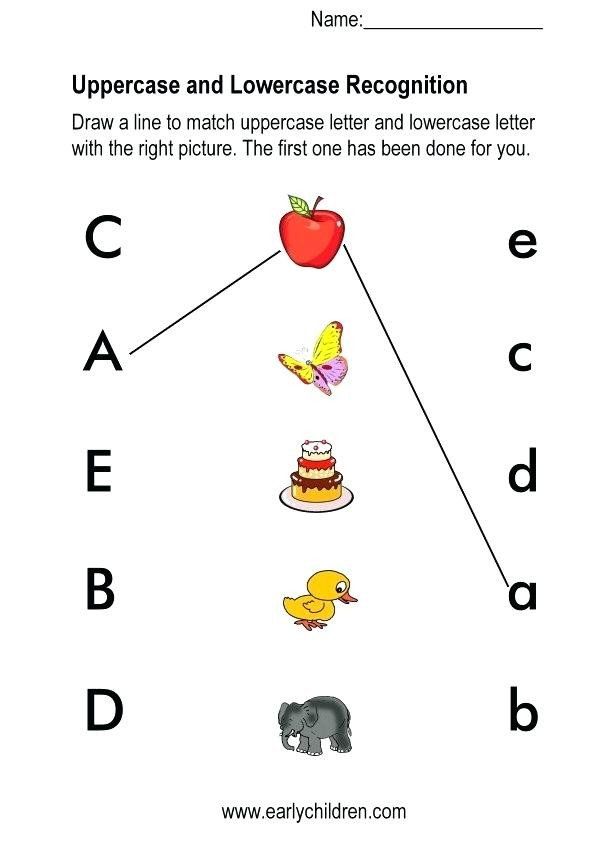 Gradually, this time can be increased, especially if the child likes the proposed games with letters.
Gradually, this time can be increased, especially if the child likes the proposed games with letters. - Use material objects . At the age of 3-6 years, the child learns the world by touch and taste. It is difficult for him to work with abstract letters spoken aloud. Therefore, it is better to stock up on plasticine and paints and create letters that are more understandable to the child and can be touched. Such a game for children will allow the child to learn the letters of the alphabet and he will recognize them in different forms regardless of what they are made of.
- First vowels, then consonants . Vowel sounds are easier to pronounce, so it's worth starting with them.
The main thing is not to force anyone. If you see that the child is inquisitive, enjoys exploring the world and is ready to learn, you can move on to learning letters and the alphabet. So the child will be happy to learn the alphabet in a playful way and gradually learn to read.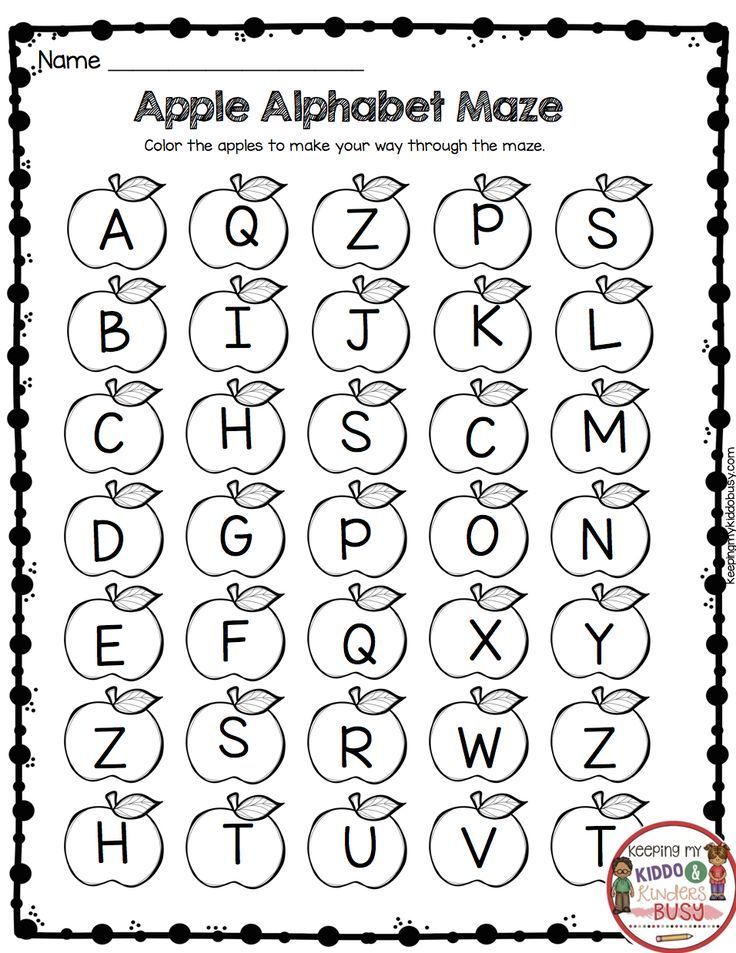 So that the game is not abstract, you can use the magnetic letters TUMBLING.
So that the game is not abstract, you can use the magnetic letters TUMBLING.
5 ways to learn the alphabet with your child
1. Use an interesting topic to study
Use your child's interest to spur his motivation to learn. For example, if your kid is crazy about cars, let them be the topic in which you learn the alphabet. Use any words related to cars:
"A" - bus
"B" - trunk
"C" - driver, etc.
You can show cars and their parts, draw or sculpt from plasticine. It is important that the child's focus shifts from learning to doing what they love. Additionally, the method will help expand vocabulary and knowledge about the world.
2. Cross out a letter of the alphabet in the list
Fill in a small square with arbitrary letters. The task is to cross out only the letter that you are studying. This will help the child focus on one letter and not get distracted by the ones he doesn't remember or don't know.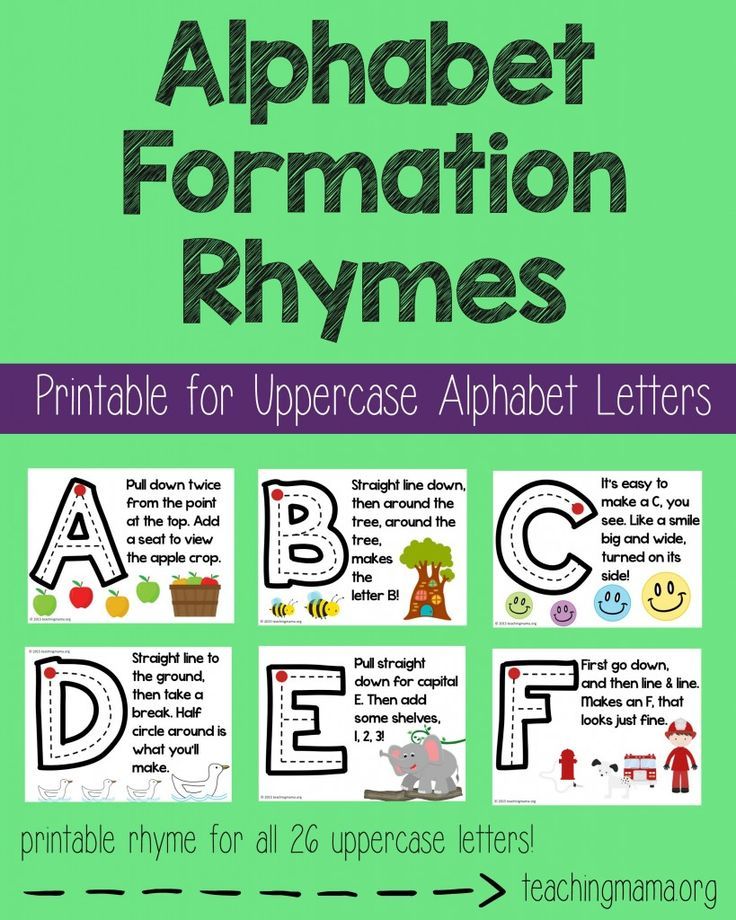
3. Pulling the letters of the alphabet out of the pouch
The soft-touch magnetic letters are perfect for this method. Put the letters in a bag and give the child the task, without looking, to pull out only the letter that you thought of. Let there not be too many letters in the bag, otherwise the child will get confused. 6-7 pieces will be enough. To start, use letters that are very different in shape, such as "O" and "M". Gradually, the complexity can be increased and searched among similar letters, for example, "K" and "X". Don't forget to praise and encourage your child. You can alternate the learning process with desktops.
4. Recognize letters of the alphabet by ear
You pronounce a word, and if it contains a hidden letter, the child claps his hands.
With this game for kids, you can learn individual letters or the entire alphabet. For example, you name a word, and the child inserts its first letter into the insert frame.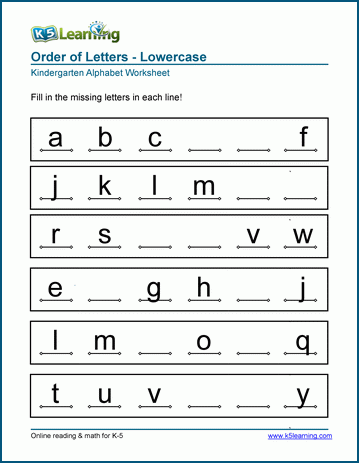 To stimulate your child's interest, you can use only words from his favorite topic, for example, the names of animals.
To stimulate your child's interest, you can use only words from his favorite topic, for example, the names of animals.
5. Guess words starting with the first letter
You choose one letter and think of a word that starts with that letter. For example, the letter "Z":
- What is this animal with big ears and loves carrots?
- Hare!
This game form is again suitable for learning individual letters or the entire alphabet. If you learn only one letter, the child gets used to quickly recognizing it in different words. And if you give words with different letters, the child as a whole learns to understand with which letter they begin. With the study of the account and the English language will also help TUMBLING.
From the alphabet to reading
When a child learns the Russian alphabet, confidently recognizes all the letters in different words and can draw or mold them on his own, it is worth moving on to reading. Because you need to learn the alphabet just so that the child can read. If knowledge is not used, it will hang as an extra burden, and by the time school will be forgotten. Therefore, you should not learn the alphabet too early: at 3-4 years old, a child is simply not interested in reading books in order to learn something new. He is more interested when his mother reads. Conversely, by the age of six, the child will be glad to have his own books to read them himself.
If knowledge is not used, it will hang as an extra burden, and by the time school will be forgotten. Therefore, you should not learn the alphabet too early: at 3-4 years old, a child is simply not interested in reading books in order to learn something new. He is more interested when his mother reads. Conversely, by the age of six, the child will be glad to have his own books to read them himself.
How to quickly learn the alphabet with a child
Every parent has their own opinion about teaching children. Someone believes that this is the responsibility of preschool teachers and school teachers, while others are ready to intensively deal with the child on their own. But, regardless of the parental position, there is an indisputable fact: the study of the alphabet is the basis for the further development of the child.
Letters are present in a child's life from a very young age. He constantly sees them on signs during a walk or at home in children's books.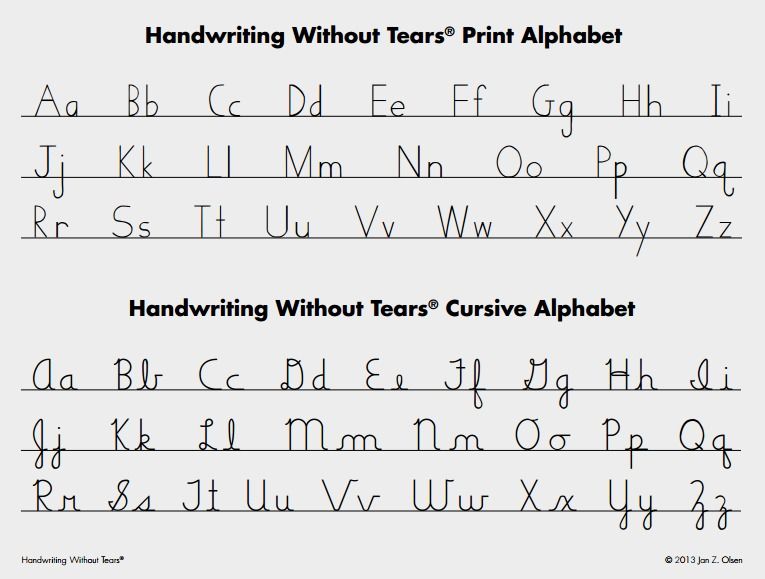 Of course, at first they are perceived by the baby as simple signs and hooks. But as they grow older, the child begins to understand that this is a way of transmitting information. Of course, colorful pictures and cartoons are still more interesting, but over time, the desire to get to know the alphabet becomes more and more obvious.
Of course, at first they are perceived by the baby as simple signs and hooks. But as they grow older, the child begins to understand that this is a way of transmitting information. Of course, colorful pictures and cartoons are still more interesting, but over time, the desire to get to know the alphabet becomes more and more obvious.
Learning the alphabet is one of the most important stages of development. Learning to put letters into syllables and words, mastering the skill of reading, and then writing, children discover a whole new world for themselves. But it is important that the learning process is not only effective, but also exciting. When should you start studying? What techniques are better to use so that children memorize letters faster? Is it possible to learn and play at the same time? Let's try to deal with these questions.
Learning the alphabet: goals and objectives
Before starting to learn the alphabet, parents should answer the question for themselves: for what purpose? After all, all actions and actions are performed to achieve a specific goal, and the development of children is no exception.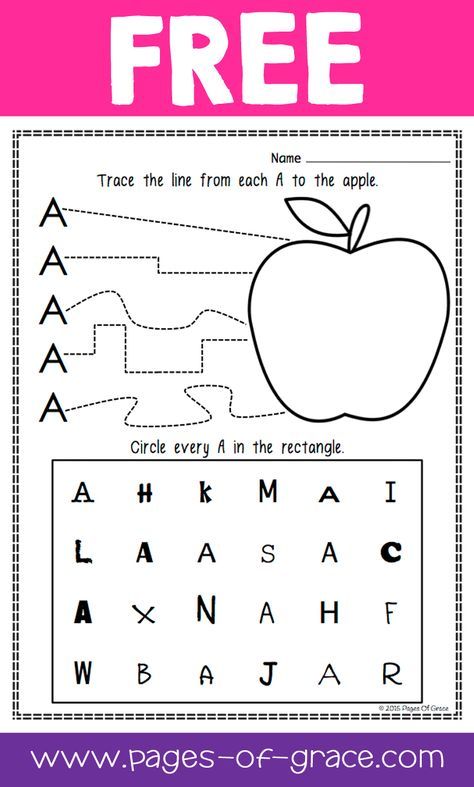 Some ambitious moms and dads dream of raising a comprehensively gifted and developed child, so they try to start learning as early as possible. Others just want to brag about the success of their child at every opportunity.
Some ambitious moms and dads dream of raising a comprehensively gifted and developed child, so they try to start learning as early as possible. Others just want to brag about the success of their child at every opportunity.
But for adequate parents, the main goal of learning letters is to learn to read. And here a completely different question arises: is the child ready for this at this stage? First, let's talk more about what an alphabet is. So this is:
- not just letters, but letters in a strict sequence, which are the basis for any language;
- knowledge of the alphabet is the foundation for mastering the basics of reading;
- the alphabet is your companion for life: it is the basis for organizing documents, reference books, dictionaries, archival information.
Of course, you can teach your baby the alphabet at any age. It is enough to show him cards with letters every day or study the alphabet from a colorful book, and by the age of two he will remember the alphabet.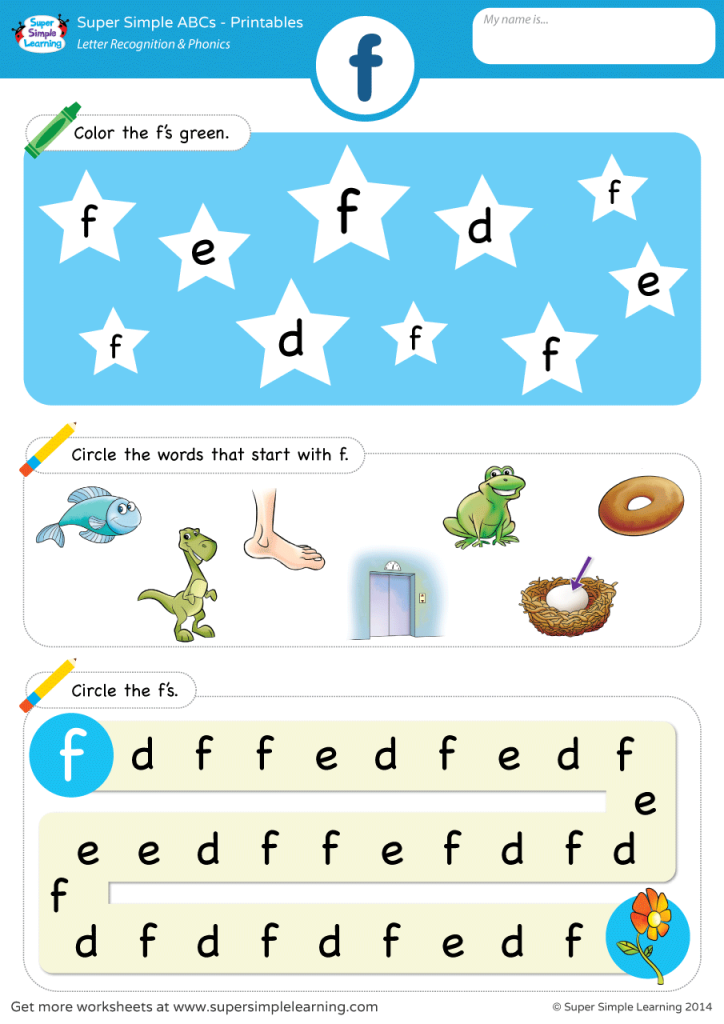 But any knowledge must be put into practice, and it is important to understand that not all children are ready to read from an early age.
But any knowledge must be put into practice, and it is important to understand that not all children are ready to read from an early age.
Therefore, it makes no sense to spend time and effort on learning the alphabet just to develop memory and attention. The likelihood that a child will forget the letters by the time he is ready to learn to read is very high. There are many other ways for early development. Toddlers 2-3 years old can simply be introduced to the letters without following the sequence.
But if we are talking about children 5-6 years old, who have a school on the horizon, then it is necessary to learn the alphabet.
When to start?
Experts do not have clear guidelines regarding the age at which one should start learning the alphabet. However, both educators and psychologists have long come to the conclusion that the most favorable time is five years. During this period, the child shows curiosity and interest in everything new. It is already developed enough not only to memorize information, but also to be able to apply it in practice.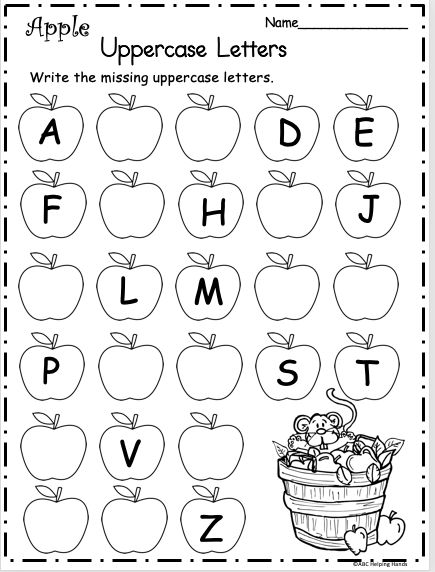 After all, this is precisely the main goal of learning the alphabet - to use images in the form of signs, which are letters, for reading.
After all, this is precisely the main goal of learning the alphabet - to use images in the form of signs, which are letters, for reading.
Of course, you can start studying even earlier - in two or three years. But at this age, not every kid is ready to learn to read. He will most likely memorize the alphabet mechanically, like a counting rhyme, but the knowledge gained will not be used in practice. In addition, his speech apparatus is still being formed. It is highly likely that he will pronounce some letters incorrectly, which will later become a problem when reading.
In general, these are just recommendations. It is always necessary to focus on the development of the child and his individual abilities. For some, it is not difficult to master the letters at the age of three, for others this peak is conquered closer to school.
Learning the alphabet correctly
Not all parents know how to teach their children the alphabet correctly. Unfortunately, the mistakes made in training will affect in the future.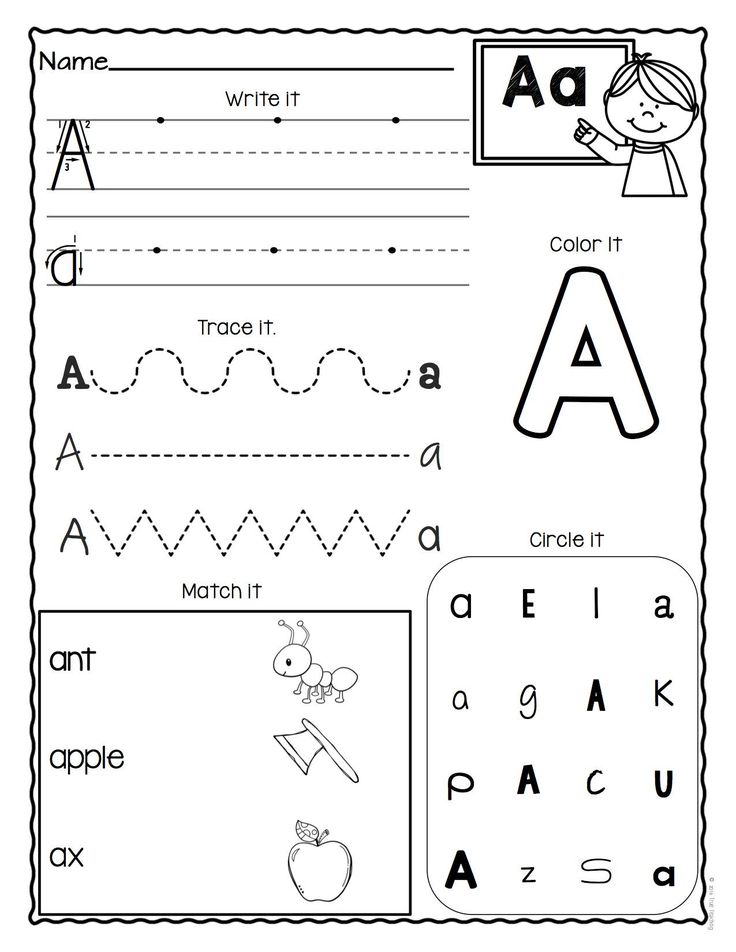 And the teacher in the primary grades will have to make a lot of efforts to correct them. There are a few basic rules that will help you in your studies.
And the teacher in the primary grades will have to make a lot of efforts to correct them. There are a few basic rules that will help you in your studies.
- No need to learn letters in alphabetical order. Of course, the sequence of letters is important, because learning the alphabet trains memory and attention. But not for preschoolers. At this stage, it is necessary to use a clear and logical scheme, without undue burden on children's perception. You should focus on how these very letters look and sound. This approach will allow the child to form an understanding of the structure of the Russian language.
- Start with vowels. Vowels are easier to pronounce, so the baby will not have problems learning them. There are only ten such sounds. As soon as the child understands how vowels sound and are written, you can begin to study consonants.
- Learn vowels separately from consonants. This paragraph is a direct continuation of the previous one: first vowels, then consonants.
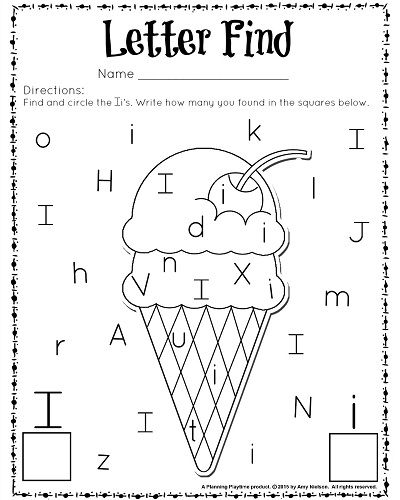 If you start to master the letters mixed up, the baby may get confused. It is to us adults that the difference between vowels and consonants seems obvious. It is not so easy for a child to understand on what basis sounds are divided.
If you start to master the letters mixed up, the baby may get confused. It is to us adults that the difference between vowels and consonants seems obvious. It is not so easy for a child to understand on what basis sounds are divided. - Don't focus on the letters. Learn sounds. This item from our set of rules is an opportunity for parents to remember phonetics. While still at school, each of us learned very well that the name of a letter and its sound do not always coincide. This feature of the Russian language may seem too complicated for a child. Over time, he will remember how the letters "em", "el", or "be" sound. But in order to make it easier for him now to master reading by syllables, it is better to immediately learn the sounds: "m", "l", "b".
- Use a convenient order for studying consonants. Start learning consonants with the letters "m", "l", "s", "x", "r", "sh". It is easy to make syllables out of them, a relatively drawl pronunciation will allow you to gradually switch from a consonant to a vowel when reading.
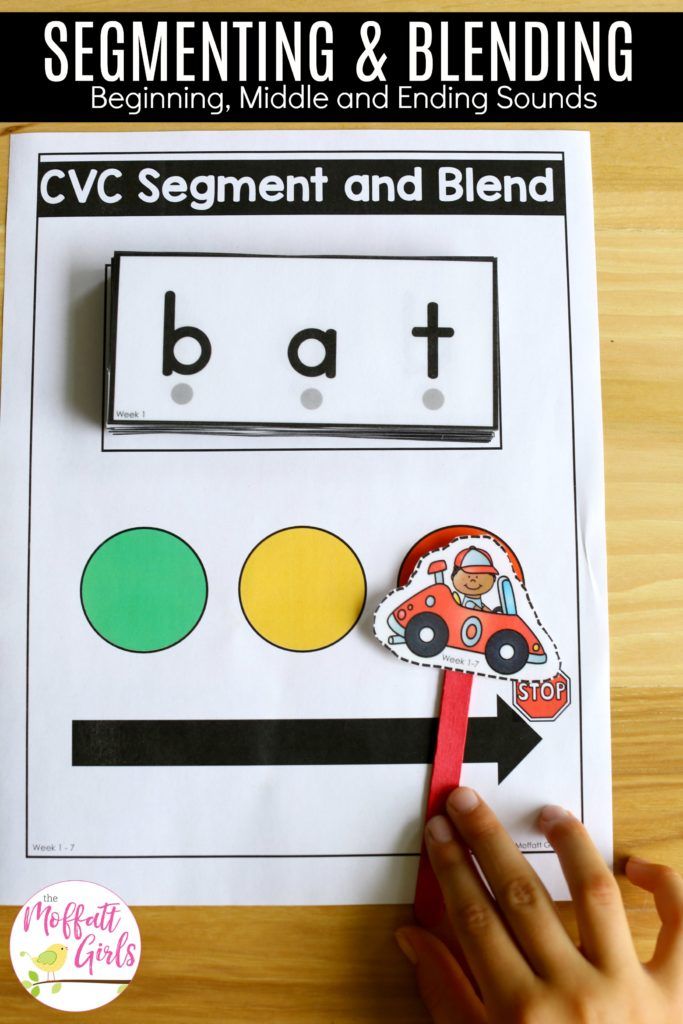 The next letters to study are "k", "t", "p", then - "b", "c", "h", "g", "d", "u". Then you can already learn all the other letters.
The next letters to study are "k", "t", "p", then - "b", "c", "h", "g", "d", "u". Then you can already learn all the other letters. - Take your time! And learn the alphabet according to age. In children 4-5 years old, the subcortical layers and the right hemisphere of the brain are almost completely formed. The kid already has a good orientation in space, developed motor skills and figurative perception. It's time to get a primer and start learning! Learn one or two letters at a time and use what you have learned. For example, while walking, ask your child to look for a familiar letter on the signs. Do not force the development of the alphabet and do not forget to regularly repeat the sounds already learned.
And never turn the learning process into a lesson. Even at school, at the initial stages, it is difficult for children to learn from bell to bell, to say nothing of preschoolers. It is much more effective and interesting to get acquainted with letters in a playful way, doing no more than 10 minutes a day.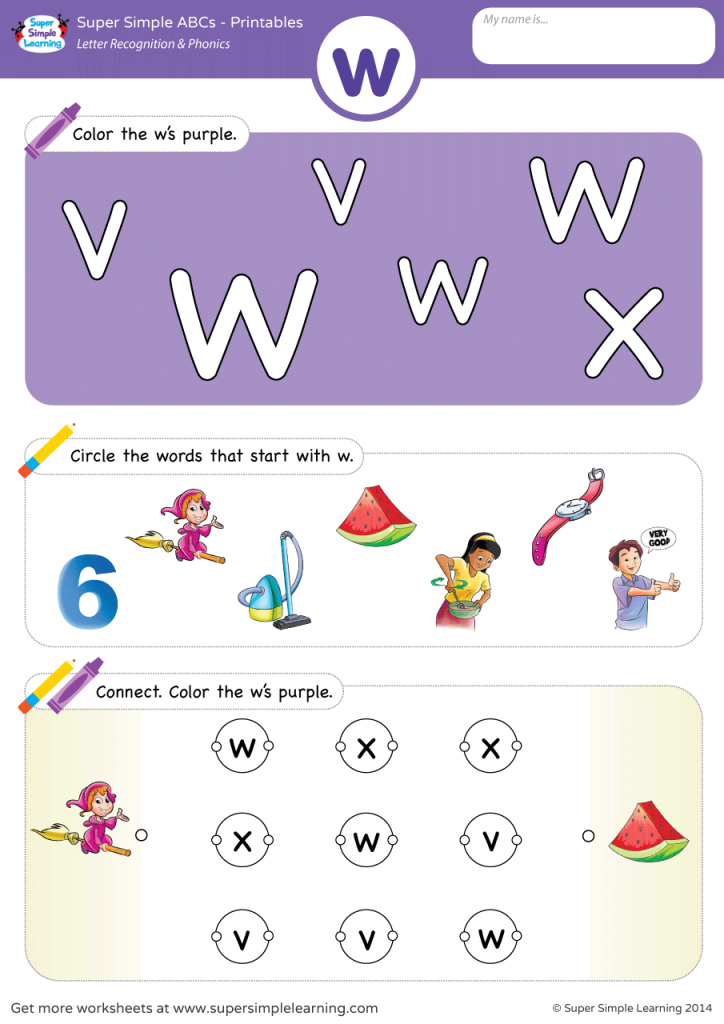
Lessons for a 3-4 year old child: learning and playing
Not every kid at this age is ready for learning. But if you see that the child is showing interest in the colorful alphabet or blocks with letters, then it may make sense to try to start classes. It must be said right away that training should be like a game. No coercion and rigor, otherwise you risk developing a reluctance to learn from the crumbs in the future.
A few important rules:
- exercise no more than twice a week for 5-7 minutes;
- don't expect instant results - a three-year-old kid needs more time to memorize information;
- study vowel pairs: A-Z; Uh; Y-I; Oh-Yo; U-Yu.
Use colorful pictures, letter toys, children's books.
Closer to four years, you can begin to get acquainted with consonants. At this age, the child already speaks well, so he should not have problems with the correct pronunciation of sounds. In addition, at the age of four, children perceive abstract information quite well. Learning for them will be much more interesting if, in addition to pictures and toys, you use cubes, puzzles, interactive or magnetic alphabet, coloring books.
Learning for them will be much more interesting if, in addition to pictures and toys, you use cubes, puzzles, interactive or magnetic alphabet, coloring books.
Consonants will take longer and be a little more difficult to learn. But even with this difficult task it is quite possible to cope if we act gradually. First, there are more consonants in the alphabet than vowels. Secondly, most consonants have two sound options: hard and soft. This can cause some difficulties, but only if the child has poorly learned vowels. If there are no problems with them, then he will deal with the sounds very quickly.
Having understood the difference between how the Ы and И sound, the baby will figure out how the syllables WE and MI should sound with your help. For clarity, you can make a table with paired syllables. And do not forget that all sounds must be pronounced clearly. Show this by your own example and achieve the same from the child, since correct articulation is the basis of good diction.
Back to School: Teaching Children aged 5-6
If you still decide not to pursue early development, but to postpone education until the age of 5-6, then you will not lose anything. Psychologists consider this period to be optimal for learning, and right now the child is ready to consciously assimilate new information. In addition, very soon to go to school, which means you need to properly prepare.
Children aged 5-6 are easier to work with, because they can be motivated. Tell your daughter or son about how great it is to read books on your own, or explain that knowing letters and syllables will definitely come in handy at school. Yesterday's baby will feel like a truly adult and will show interest in knowledge.
At this age, there is no need to concentrate on learning exclusively through play. You can already use creative tasks, copybooks, sets of cards for preschoolers. To study syllables, you can use cubes, connecting vowels and consonants. And be sure to pay attention to the speech of the child.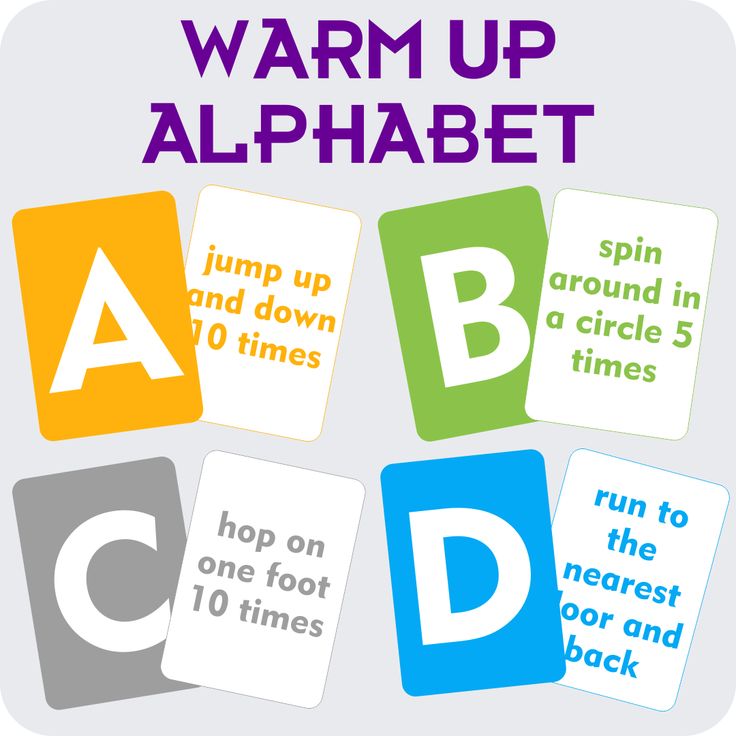 It is important that all sounds are pronounced clearly and correctly.
It is important that all sounds are pronounced clearly and correctly.
Not to force, but to interest!
The most effective way to get the desired result from a person is to motivate him. For children, motivation should be linked to an interest in learning. What's the easiest way to get your little one interested? Of course, through the game. Here are some ways to learn and play at the same time:
- Be sure to buy didactic material - cubes, lotto, dominoes, puzzles with letters and pictures. Colorful games always arouse interest in children. And if this game has rules (for example, in double puzzles you need to choose the corresponding letter for the picture), then it will be doubly interesting to practice.
- Periodically allow your child to type on the computer in World. Set the settings to a large font and ask your child to find the letter on the keyboard. A colorful image on the screen will help you remember the studied signs better.
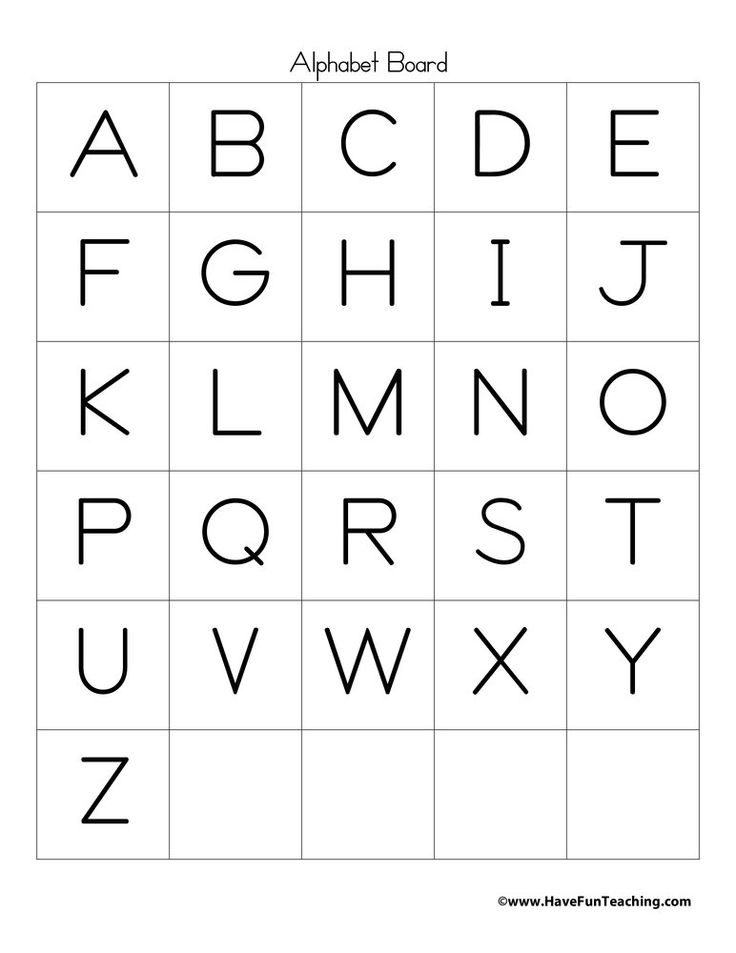
- Surely every parent remembers that once there was a soup with letters on sale. Such a product can still be found in stores today. Why not use it for learning? If time permits, you can bake letters in the form of cookies and have an entertaining tea party.
- If you have old glossy magazines at home, you can also use them for class. Take scissors and cut out familiar letters with your child.
- To make it easier for a child to memorize letters, come up with an associative series. For example, W looks like a beetle, D looks like a house, W looks like a brush. By the way, associations are useful not only for memory, but also for the development of figurative and logical thinking.
- You can also develop motor skills in the process of learning. Take buttons, beads, pebbles and make syllables out of them. Does your child like to draw? Use finger paints and draw letters with your child.
- Children aged 5-6 years can be encouraged to recognize letters by ear.
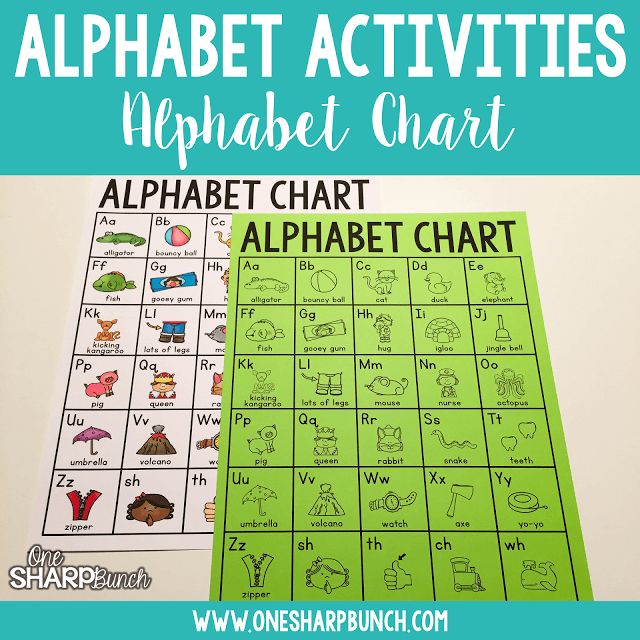 The essence of the game is simple: you think of a letter and pronounce the word. If it has such a letter, the child claps his hands. Just do not guess too long and complex words, otherwise the preschooler may get confused.
The essence of the game is simple: you think of a letter and pronounce the word. If it has such a letter, the child claps his hands. Just do not guess too long and complex words, otherwise the preschooler may get confused.
There are many more exciting games that will help you learn letters.
Some useful tips
If you decide to learn letters with your child on your own, you should understand that it will not be quick and easy. You will have to be patient, but these efforts will certainly be rewarded with results. For learning to take place in a comfortable atmosphere and be effective, use the advice from experienced teachers:
- You need to work with your child regularly, without long breaks.
- Start each lesson by reviewing what you have learned so that your child will remember the letters better.
- Education should be focused on the physiological and psycho-emotional capabilities of the child. Keep in mind that too long classes will quickly tire him.
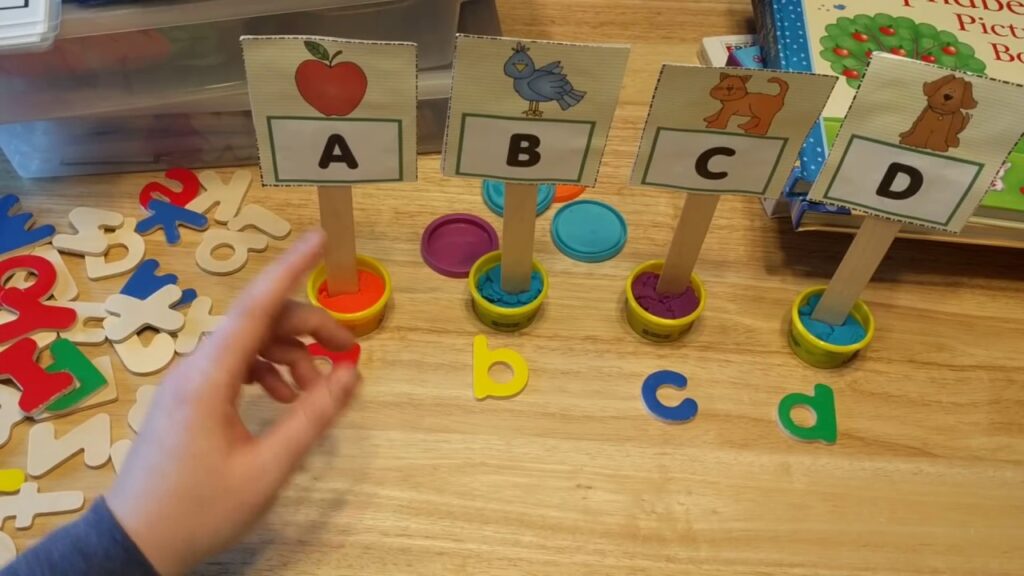 The optimal duration of a lesson for a 3-4 year old kid is no more than 8 minutes, for a preschooler - 10-15 minutes.
The optimal duration of a lesson for a 3-4 year old kid is no more than 8 minutes, for a preschooler - 10-15 minutes. - You don't have to learn new letters every class. If you see that it is difficult for the baby to remember new signs and sounds, it is better to devote more time to fixing. It is better to get acquainted with new letters once every two or three days.
- Use the game format to reinforce. It can be entertaining exercises, riddles, tongue twisters, drawing or modeling - the main thing is that the baby should be interested.
Let's move on to reading
As noted above, learning the alphabet does not make sense if this knowledge is not put into practice. That is, the child must read. But you should start reading only if the baby has memorized the letters and sounds properly. He should easily recognize them in the text and be able to pronounce them correctly. Now it remains for you to explain to him how to add syllables, and then words.

